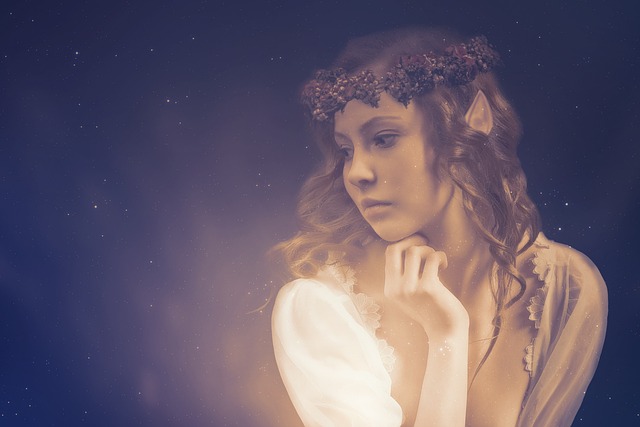In the vibrant world of photography, capturing the perfect moment is only half the battle; the other half lies in the artistry of image processing. The power of layers in this realm can transform an ordinary photo into an extraordinary piece of art. Understanding how to utilize layers effectively opens a myriad of possibilities for photographers, providing them with the tools to elevate their work.
Imagine you’ve just returned home with a multitude of photos taken during a sunset shoot. Each image holds promise, yet, they don’t quite capture the beauty you witnessed. Here is where image processing comes to the rescue, particularly with the magic of layers. With image processing software, you can create depth and dimension within your photographs by working with layers to adjust exposure, contrast, and color saturation while retaining the original feel of the moment.
Layers offer a way to separate different elements of your photograph—like the foreground or background—allowing you to manipulate them without affecting the entire image. This technique is vital for photographers who strive for perfection. For instance, if the sky in your photo is too dull, you can isolate it on a different layer and adjust its hue and brightness until it radiates the stunning colors you experienced. This is particularly powerful when working with layering techniques in a photo editing application, where subtle adjustments can lead to dramatic results.
Moreover, the beauty of layers lies in their non-destructive nature. As you fine-tune your photograph, you can always return to earlier states, mix different effects, or even blend in selective edits from other images. This practice allows for creativity and exploration without the fear of permanently altering your original photo. A well-organized layer structure can expedite this process, making your workflow efficient as you navigate through the intricate details of your photography.
For photographers who rely on their camera’s optics, understanding the implications of layer-based image processing can directly improve how they capture images. By recognizing the need for post-production adjustments, you become more mindful of what you shoot. Considering potential edits can influence your composition decisions. Perhaps you choose to frame a particular element that could use enhancement later, or you shoot in raw format, giving you the flexibility for extensive layer usage during image processing.
The interplay between optics and image processing creates a symbiotic relationship that elevates the art form itself. As the technology in cameras continues to improve, photographers are tasked with the challenge of adapting to these advancements. Embracing layers in image processing not only enriches your imagery but also serves as a foundation for ongoing learning and experimentation. Every photo is a canvas, and with the right tools and techniques at your disposal, you can paint over it with layers of vibrancy, depth, and emotion.
In essence, mastering layers transforms how you interact with your imagery. It allows for a deeper exploration of storytelling through visual elements. You’re no longer limited to the constraints of the camera; instead, you wield the capability to bring your creative vision to life. So next time you grab your camera, remember that the art of photography doesn’t end when you click the shutter—it’s just the beginning. Engage with the realm of image processing, embrace the versatility of layers, and let your photography reflect the full spectrum of your inspiration.



